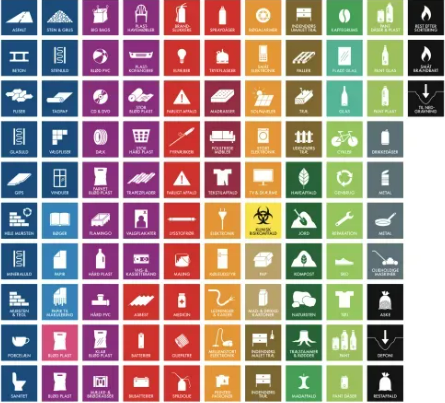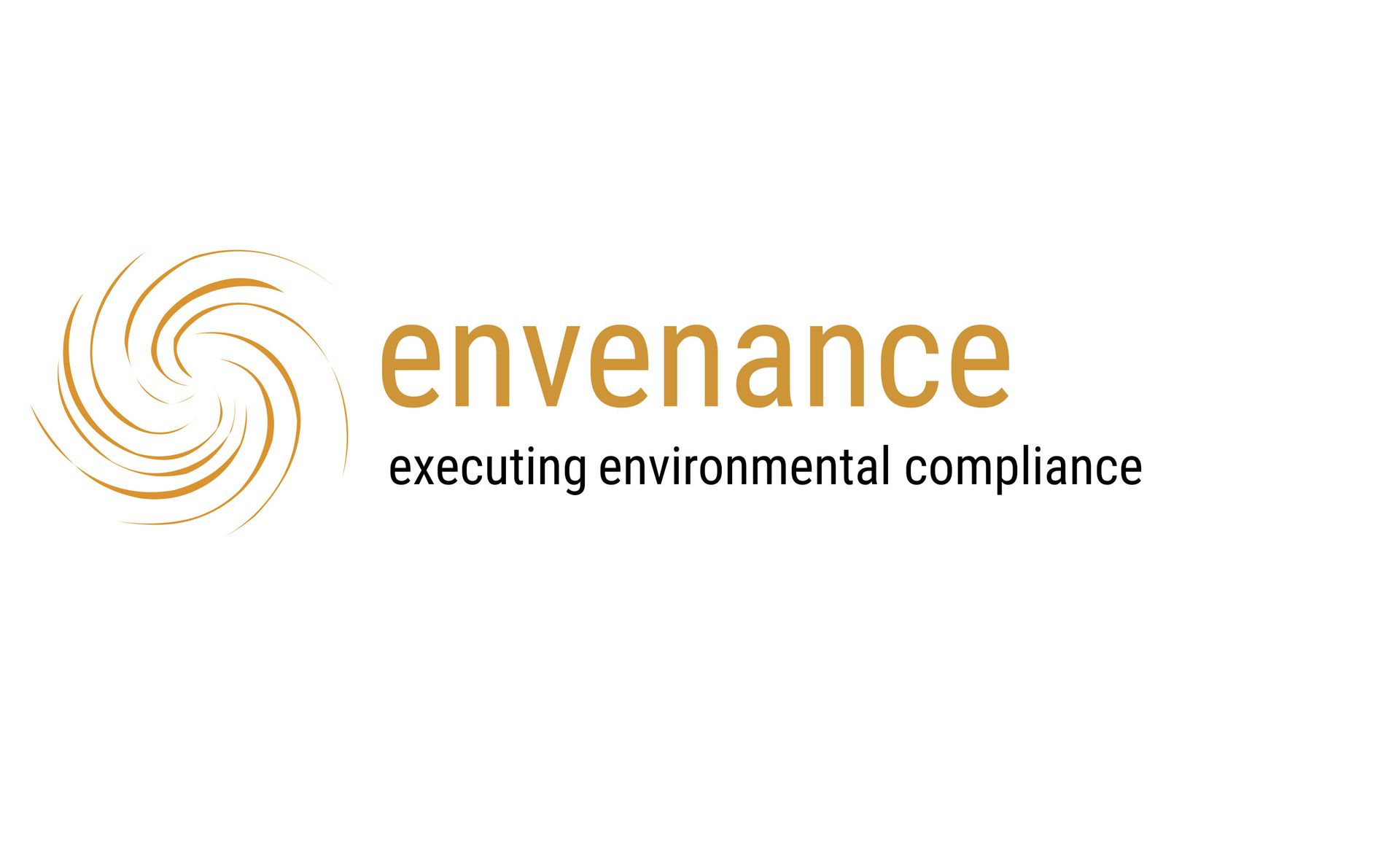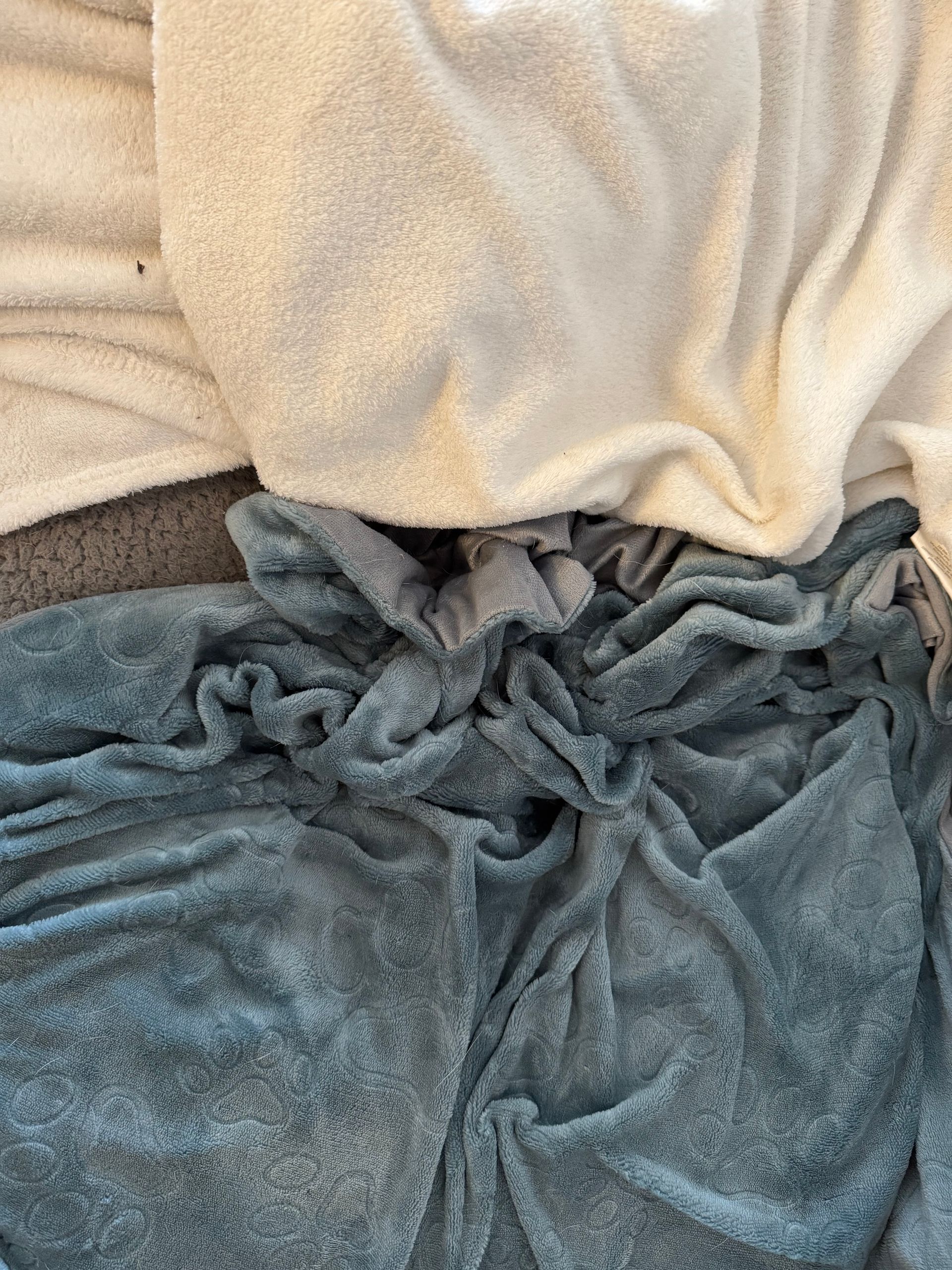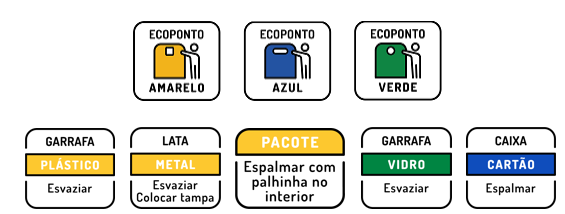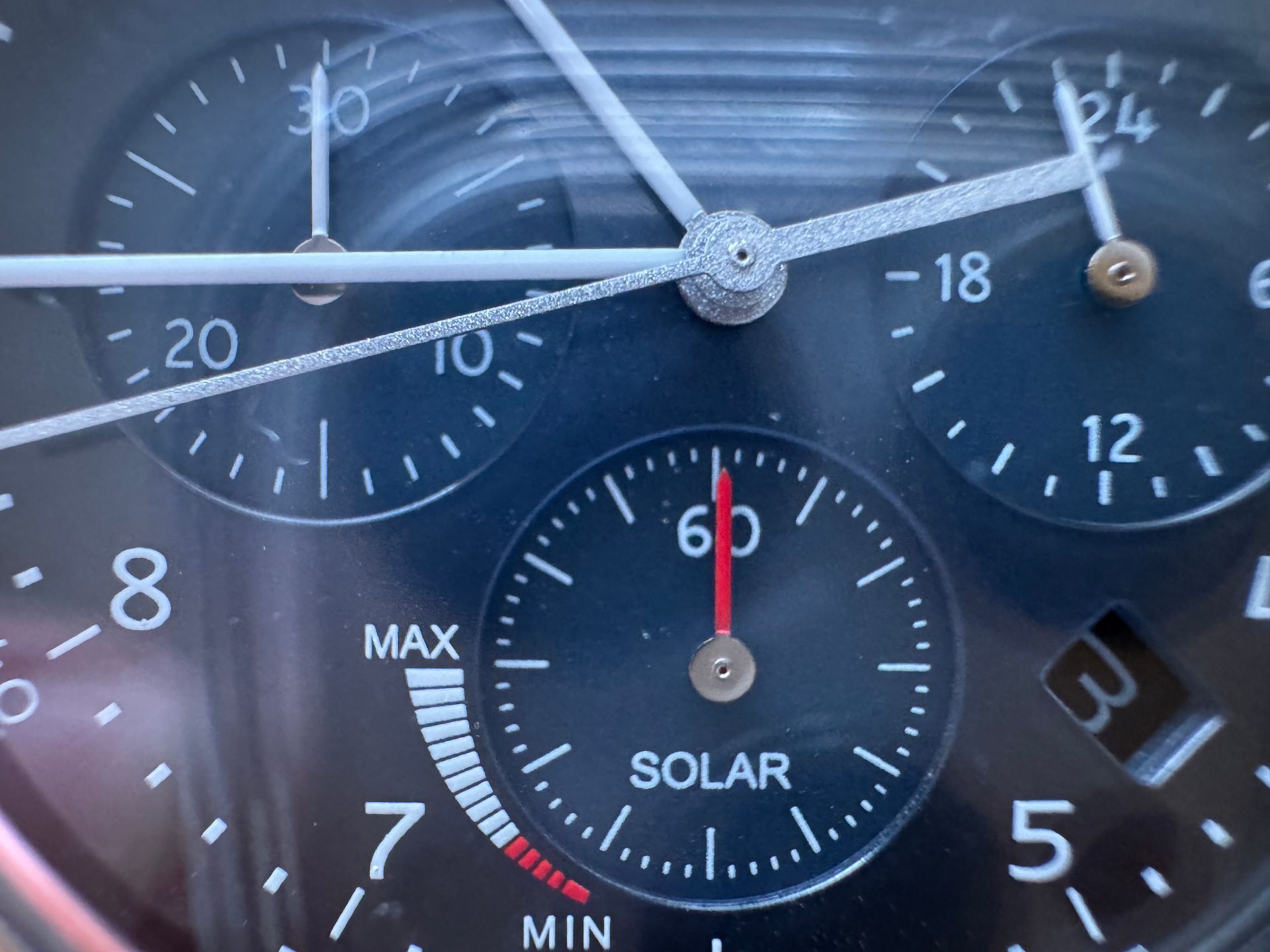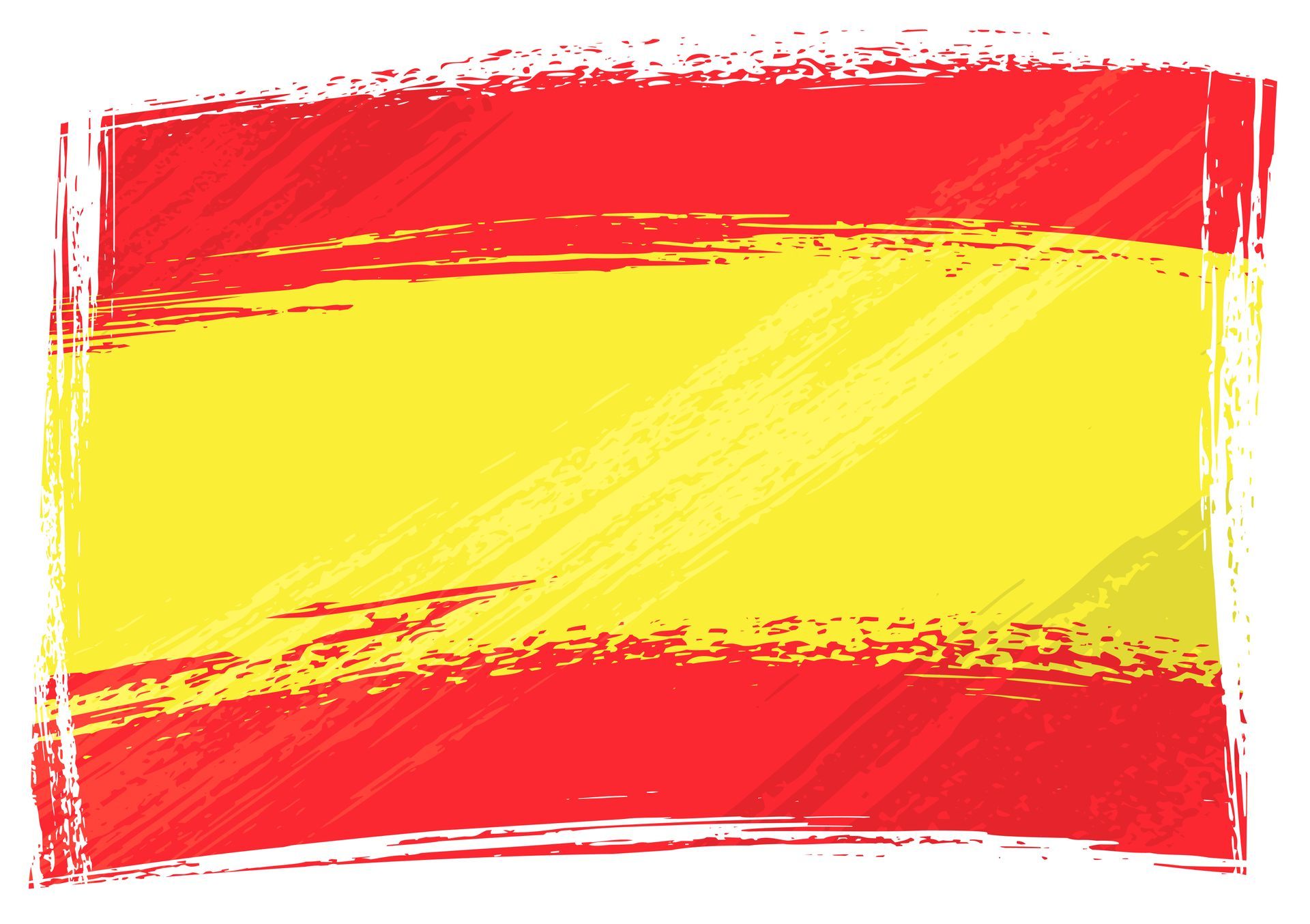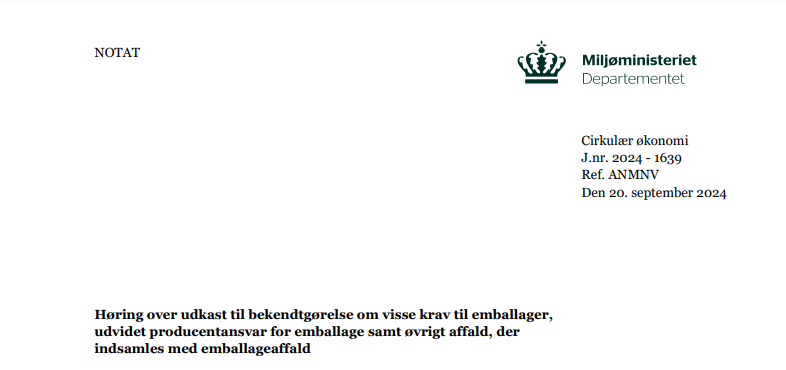How AI Can Help Automate PPWR Compliance (EU Packaging Regulation)
envenance on compliance.
Are you searching for ways to simplify PPWR compliance with AI? Do you wonder how artificial intelligence can help meet EU packaging and waste requirements automatically? Here's our view on what’s possible today—and what currently might still be wishful thinking.
🌍 What Is PPWR? Packaging and Packaging Waste Regulation
The EU Packaging and Packaging Waste Regulation (PPWR) (EU) 2025/40 is a major legislative update aiming to reduce packaging waste, improve recyclability, and increase reuse across Europe.
By 2030, all packaging in the EU must be:
- recyclable
- minimally wasteful
- compliant with harmonized reporting and labeling
Companies that put packaging onto the market (so-called economic operators in the term of Article 3 (12) of the PPWR use packaging must now fulfill a wide range of obligations such as tracking materials, documentation of content and usage, and meet strict design and sustainability rules.
🤖 Can AI Automate PPWR Compliance?
Yes—but only partially.
AI tools can already support many PPWR-related tasks. However, fully autonomous compliance is still a future goal. Here's how AI contributes today:
✅ What AI Can Do for PPWR Right Now
1. Automated Data Extraction
AI tools (especially NLP and OCR) can already extract relevant information from:
- supplier declarations
- packaging specifications
- material certificates
- legal documents
This reduces manual effort in gathering compliance data.
2. Recyclability Classification
Machine learning models can help classify packaging components by:
- material type (e.g., mono-material vs. composite)
- estimated recyclability
- reuse potential
This supports design decisions and audits.
3. Compliance Gap Detection
AI algorithms can identify missing or outdated documentation. They also flag packaging that:
- lacks digital product passports
- fails recyclability thresholds
- is non-conformant with country-specific rules
4. Sustainability Optimization
Some AI tools suggest alternatives for:
- lighter materials
- more circular packaging
- cost-effective compliance upgrades
These tools help align packaging design with circular economy principles.
🚫 What AI Can’t Do Yet
- interpret ambiguous legal clauses
(AI still struggles with legal reasoning across EU member states.) - guarantee compliance without human oversight
- integrate fully across supply chains with fragmented data systems
In short: AI is a copilot, not a pilot—yet. Furthermore, the conditions within the ERP-systems of economic operators are often fragemented and lack of detail. On the side of the authorities and schemes, automated processes are also fragmented and lack at least partially of digitalisation.
💡 The Vision: Fully Automated Compliance with AI
In a world where AI handles the compliance with the PPWR fully automated it would have to cover the following process steps:
- automated data collection via IoT & API to the packaging raw data of companies
- material classification via ML models with packaging characteristics
- reporting executed via auto-generated compliance reports and transferred to authorities via API
🚀 How to Prepare Your Business
To benefit from the development of AI for PPWR, economic operators should:
- Gather, evaluate and document the packaging data within the ERP system
- Digitize product and packaging documentation
- Centralize packaging and supplier data for AI processing and central control
- Start using AI-based compliance tools
- Monitor AI developments in regulatory tech
🧠 Final Thoughts
PPWR compliance is complex—but AI is rapidly becoming a powerful ally. Companies that invest early in AI and data infrastructure will stay ahead of regulatory risk while leading in sustainable innovation.
The dream of fully automated PPWR compliance is on the horizon. Until then, smart tools and smarter teams can make the difference.
Need help selecting AI tools or designing a digital compliance process?
Feel free to reach out—we’re building solutions for exactly this future.
